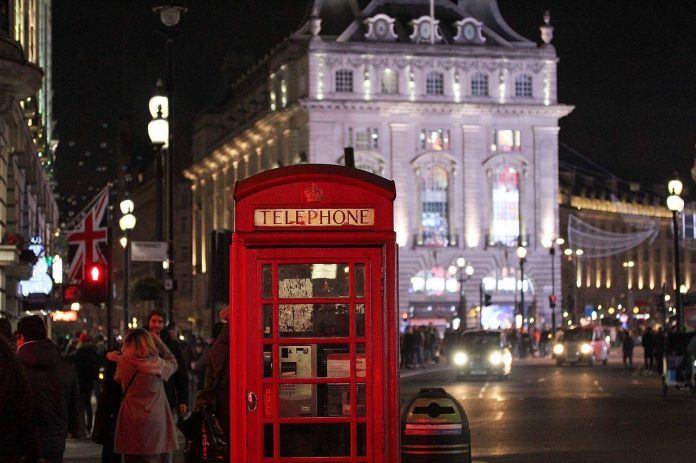The British Museum will put 10 items stolen from its collection on show later this month.
In August, the museum announced up to 2,000 objects from its storerooms were missing, stolen or damaged. It has recovered about 350 items to date.
The exhibition will explore the significance of classical gems through history.
George Osborne, who chairs the museum’s Board of Trustees, said the new display was an example of openness and „culture change” at the British Museum.
„We promised we’d show the world the gems that were stolen and recovered – rather than hide them away”, he added.
The museum has released pictures of two of those gems that have been chosen for display.
Both were returned by Dr Ittai Gradel, the dealer and collector who alerted the British museum to the thefts, and was originally brushed off. Dr Gradel has played a major role in the recovery process, tracking down and returning hundreds of gems he had bought in good faith, reports the BBC.
Gems he has returned and will now go on display include an intaglio made from black glass with a bust of Minerva, the Roman goddess of wisdom.
The new exhibition will also show more than 500 objects that were not caught up in the thefts. All the previously stolen items will be in their own display case and clearly labelled. They are made of stone or glass, variously coloured and tiny – often barely the size of a thumbnail. They are a fascinating window into the ancient Mediterranean world, where they were worn as jewellery, used as seals and collected as objects of beauty in their own right. They are engraved or cast, perhaps with the face of an Emperor, a Roman or Greek God or another depiction from a classical story.
Tom Harrison, keeper of the department of Greece and Rome, says the exhibition is „an interesting opportunity to cast some light on an underappreciated and very beautiful art form”.
These types of gems were hugely popular in the 18th Century, but fell out of favour. That may be one explanation for why they were left, unregistered, in the British Museum storeroom for more than a century.
After an investigation discovered items had been stolen, a senior curator in the Greece and Rome department, Peter Higgs, was dismissed. He has previously denied any wrongdoing.
The police investigation is ongoing.
Following the controversy, German art historian and British Museum director Hartwig Fischer resigned and former Victoria and Albert (V&A) Museum director Sir Mark Jones was appointed in the interim.
















